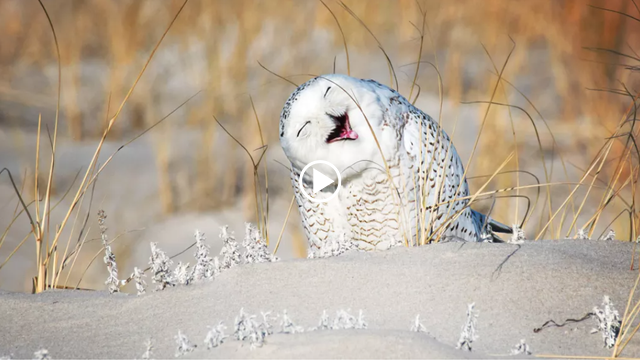Smiling is often considered a sign of happiness and offers a number of important health benefits. Until now, we have often viewed smiling as a behavior that only humans, or some primates, exhibit. However, a recent scientific study gave a surprising result: there are dozens of different animals that can laugh, too.
As a result, the research team including anthropologist Sasha Winkler and Professor Greg Bryant of the University of California (USA) collected recordings of different animals. These sounds are then analyzed and scrutinized, including loud or low, prolonged or interrupted, high or low, monotonic or rhythmic sounds.
Based on the above data, scientists found that up to 65 animals such as foxes, dogs, cows, seals, hyenas, mongooses, etc. can produce sounds similar to laughter. Most of the animals that can laugh are mammals, with the exception of a few birds which also exhibit a happy “laugh”. However, scientists have not found evidence of “smiles” in animals such as amphibians and reptiles.
In particular, there is a big difference between human and animal laughter. Usually when people smile, people send signals that they are happy and invite others to have fun. Along with other animals, some previous studies have suggested that vocal behaviors such as smiles appear in many animals when they are playing. However, research by a team of scientists at the University of California shows that every animal’s “laughter” is different because not all animals laugh when they are happy. Instead, some animals make laughter-like sounds to express emotions and warn their opponents.
For example, hyenas often laugh when they feel threatened or just when they are upset. Interestingly, older hyenas tend to emit low-pitched laughs, while younger hyenas often “laugh” with a more varied and high-pitched sound.
Meanwhile, with certain types of play behavior that resemble fighting, animals may chirp or laugh during play to prevent the action … from escalating!
The team believes that further studies on the emission of sounds in nature will be very useful. This helps us to better understand the morphology and function of laughter in humans and its role in the evolution of social behavior.


